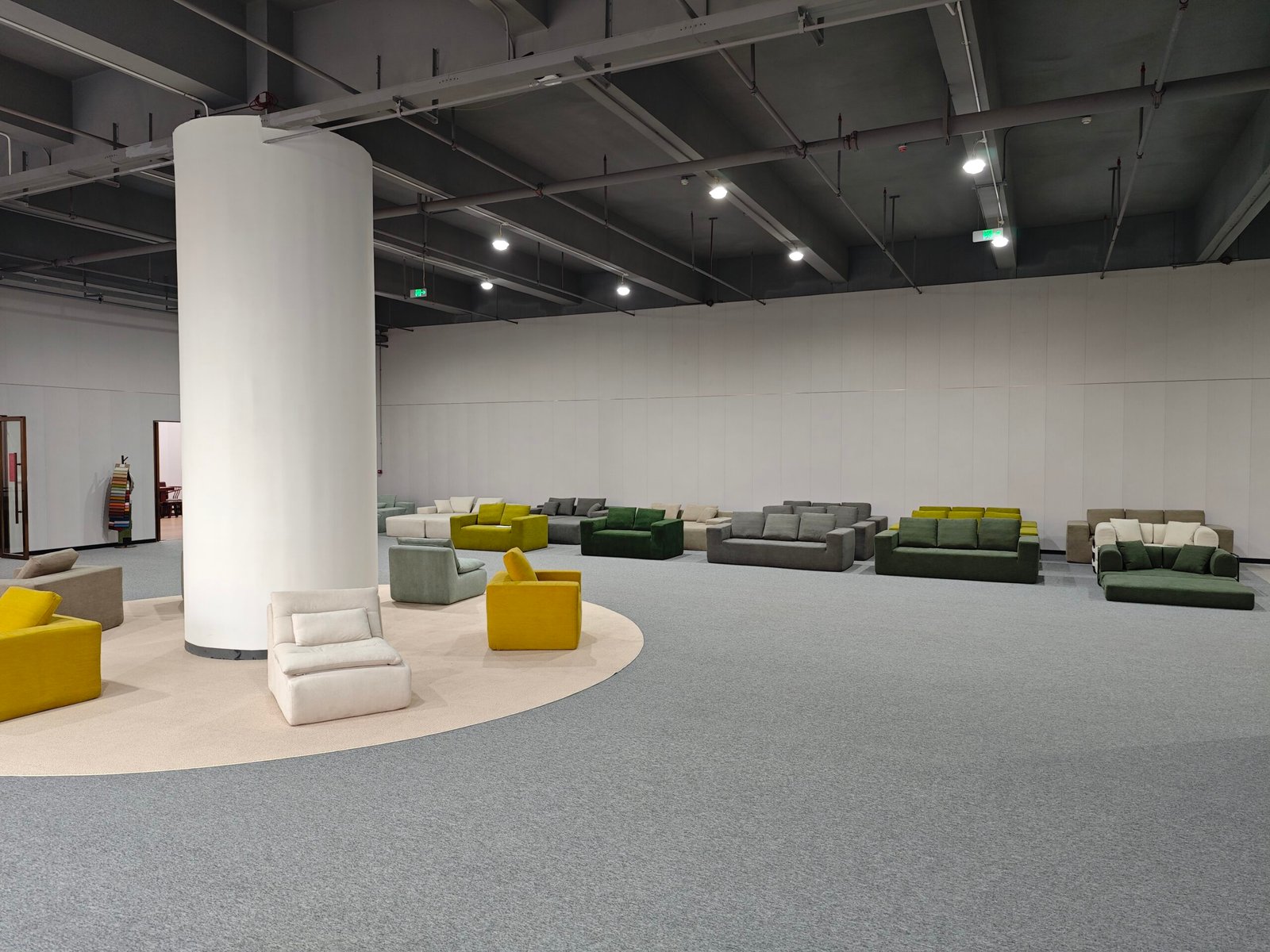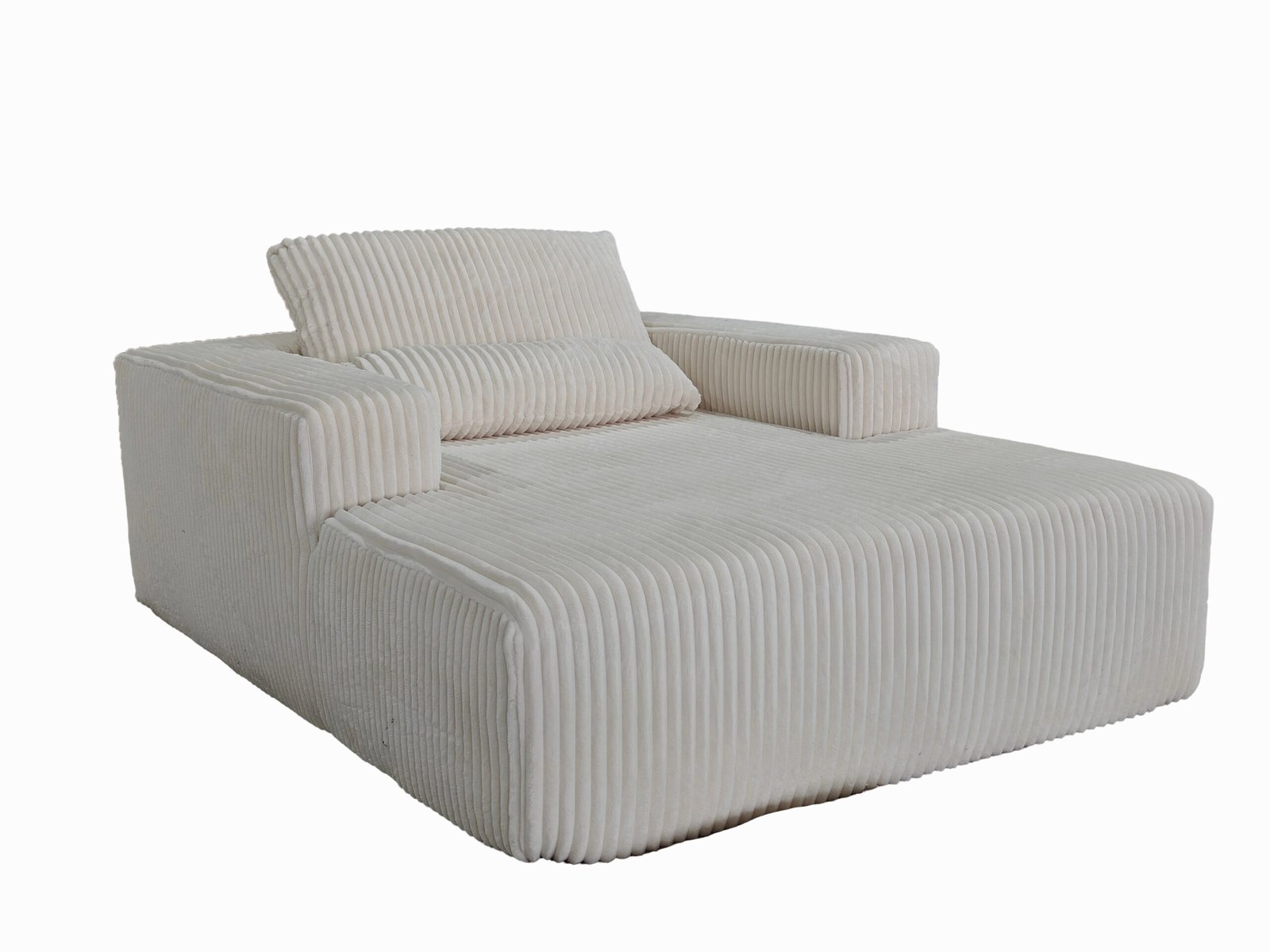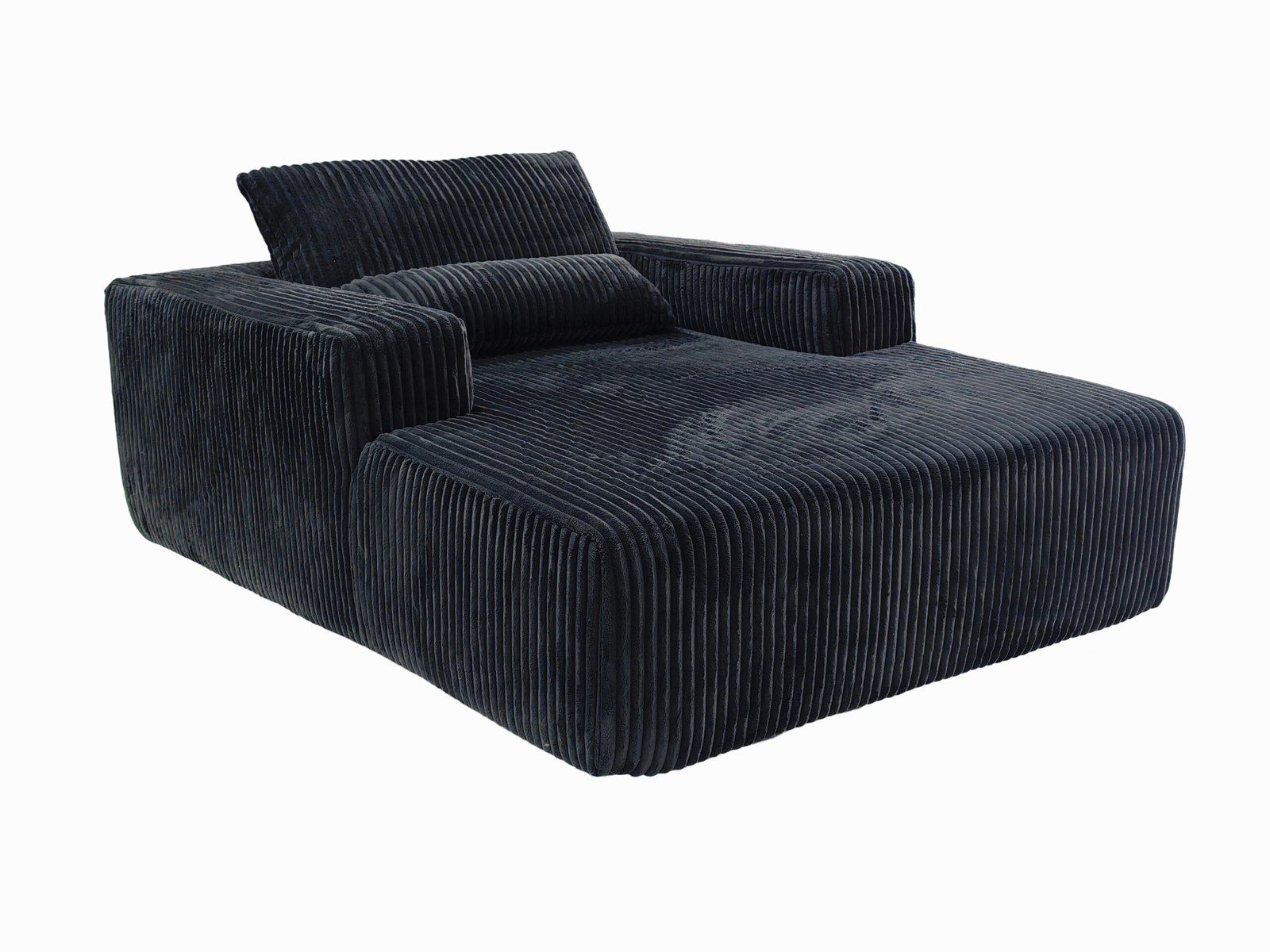
Shipping costs are high. Space is limited. Product damage hurts business. That’s the problem. Smart packaging technology is how compressed sofa suppliers stay competitive.
Packaging technology helps compressed sofa suppliers cut costs, protect products, improve logistics, and enhance customer satisfaction—all while supporting sustainability goals.
If you're sourcing or selling compressed sofas, the right packaging method isn't just a bonus—it’s a core part of your supply chain success.
How does packaging technology reduce cost for compressed sofa suppliers?

Oversized packaging leads to wasted space and higher fees. That’s the pressure. Efficient packaging is the solution.
By shrinking product size and optimizing packing structure, suppliers lower material usage, storage needs, and shipping costs per unit.
At HSM, we re-engineered our 3-seater box size and increased container capacity by 40%—without changing the sofa design.
Cost-Reduction Benefits of Packaging Technology
| Area | Impact |
|---|---|
| Material use | Multi-layer film and cardboard combinations reduce overuse |
| Shipping | More units per shipment lower freight costs |
| Storage | Smaller boxes mean cheaper warehouse space |
| Labor | Pre-kitted packages reduce packing time |
Every centimeter of saved space is money back in the supplier’s pocket.
How does packaging protect compressed sofas during transport?

Vacuum sealing can deform foam. Rough shipping can crush corners. That’s the risk. Packaging must defend the product.
Advanced packaging systems use reinforced cartons, foam edge protectors, anti-humidity barriers, and precision sealing to guard the sofa through every leg of the journey.
We once tracked a batch from China to Toronto through five handoffs. Not one box was damaged—thanks to our new corner reinforcements and dual-layer wrap.
Key Protective Elements in Modern Sofa Packaging
| Component | Function |
|---|---|
| Vacuum-seal bag | Compresses and protects from dust and moisture |
| Honeycomb board layer | Adds structure and absorbs impact |
| Foam edge blocks | Prevents crushing at critical load points |
| Outer box | Double-wall corrugated cardboard for rigidity |
The cost of returns due to damage dropped by 60% after we implemented this system.
How does packaging improve logistics and supply chain?

Large, irregular items slow down warehouses and logistics hubs. That’s the pain. Boxed, uniform sofas make things easier.
Compact, stackable packaging lets suppliers maximize container loads, streamline warehouse operations, and move products faster across fulfillment centers.
We can now ship 70–80 sofas per 40HQ container—versus only 30–35 traditional units. That's a huge win for e-commerce logistics.
Logistics Wins from Smart Packaging
- ✅ Uniform box dimensions simplify palletizing and stacking
- ✅ QR-coded boxes improve tracking during fulfillment
- ✅ Smaller volume speeds up customs clearance
- ✅ Courier delivery possible without freight partners
Compressed packaging turns bulky sofas into manageable inventory—even for fast-moving retail channels like Amazon FBA.
What is the environmental impact of advanced packaging?

Furniture packaging can create a lot of waste. That’s the challenge. Eco-packaging keeps products safe and minimizes harm.
Suppliers now use recyclable wrap, FSC-certified boxes, and reduced-emission packing methods to align with sustainability goals and customer expectations.
We use recycled PE film and water-based glue in our compression bags. It’s not just green—it also complies with EU import rules.
Eco-Friendly Packaging Features
| Feature | Benefit |
|---|---|
| Biodegradable plastic film | Breaks down after disposal |
| Flat-packed cartons | Reduce shipment emissions |
| FSC paperboard | Responsibly sourced materials |
| Right-size packaging | Cuts down on filler and waste |
Green packaging makes it easier to reach environmentally conscious buyers—and meet regulations in markets like Germany and California.
How does packaging influence the customer experience?

A great sofa packed poorly leaves a bad first impression. That’s the disconnect. Unboxing is now part of the product.
Modern packaging is designed for easy opening, clear instructions, and a satisfying first use—turning logistics into a branding moment.
We print instructions on the inside of each box flap and include a QR code linking to an assembly video. Customers love it.
Customer-Centered Packaging Elements
| Element | Purpose |
|---|---|
| Easy-open tear strips | No tools or sharp blades needed |
| Step-by-step graphics | Simple assembly, less confusion |
| Clean presentation | Reflects quality and care |
| Compact format | Fits through doors, elevators, hallways |
Happy unboxing = fewer returns and better reviews.
What future trends are shaping sofa packaging?

Packaging can’t stay static—especially with global shipping, new rules, and smarter customers. That’s the direction.
Trends include AI-optimized box sizing, reusable packaging, AR-guided assembly, and packaging designed for returns and re-use.
At HSM, we’re testing returnable sleeves for B2B buyers and packaging-integrated NFC tags for product validation.
Upcoming Innovations in Sofa Packaging
- 📦 AI-pack sizing: Tailors box to product dimensions
- 🌱 Reusable cartons: Designed for two-way shipping
- 📲 AR assembly instructions: Scan-and-build with your phone
- 🎯 Smart labels: NFC or QR tracking from factory to customer
- 💬 Social media packaging: Designed for viral unboxing moments
Forward-thinking packaging will shape how compressed sofas are bought, delivered, and shared.
Conclusion
Packaging technology isn’t just a box—it’s a strategic advantage. For compressed sofa suppliers, it boosts efficiency, cuts cost, protects products, and creates a better customer experience.